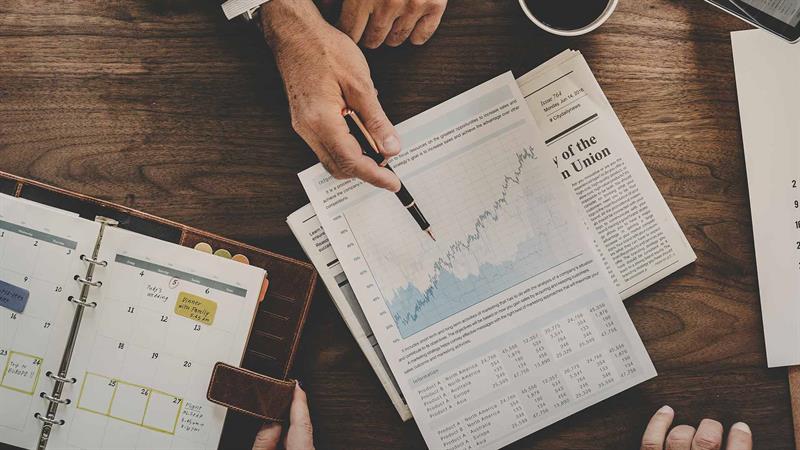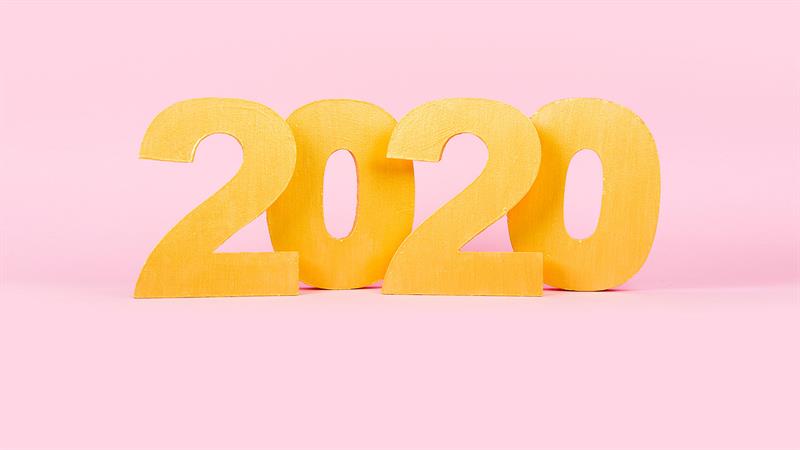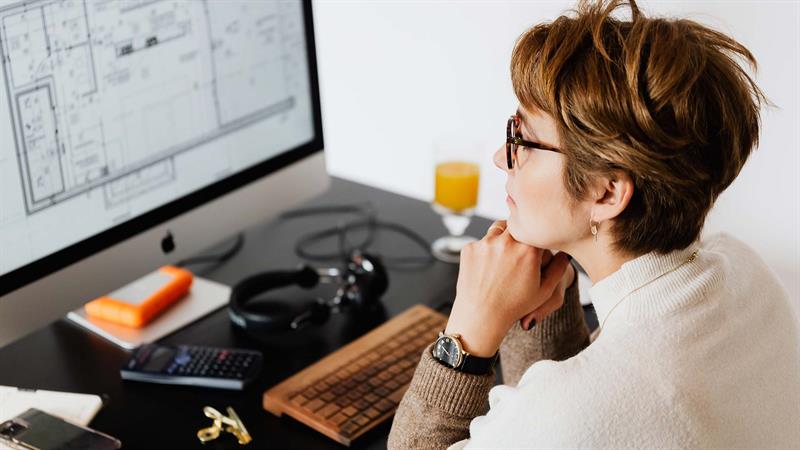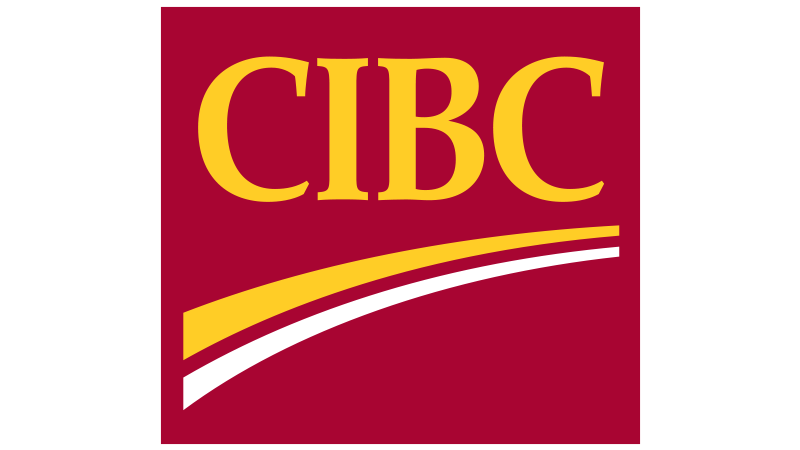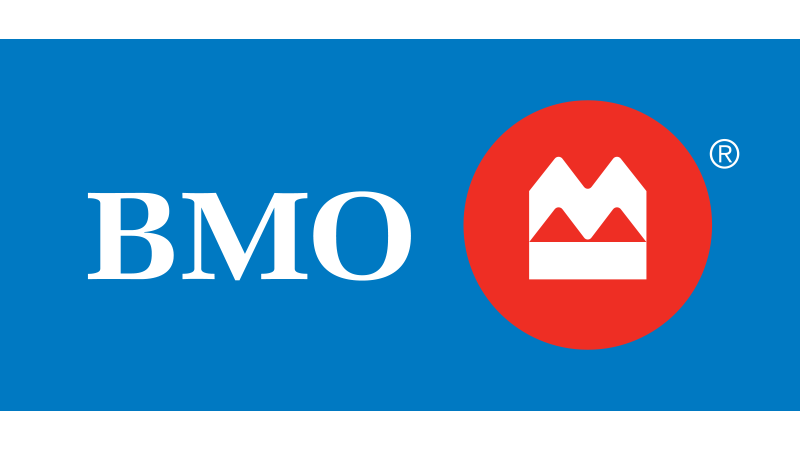7 ways 2021 will be a year of hope and opportunity

This year’s megatrends and what they mean for you and your business.
If the year 2020 had a theme, it was displacement. It’s not an exaggeration to say that every single person around the globe was touched by the uncertainty and upheaval of a major health pandemic—in addition to other sociopolitical events and natural disasters.
So, if 2021 has a theme, it’s navigating displacement. We call this navigation "mapping out new territory," in our Fjord Trends 2021 report by Accenture Interactive. We saw a global pandemic—a once-in-a-century event—continue to lay siege to the world, upending billions of lives. Clearly, the universe has shifted, and with it, human behaviour itself.
Much of this change in behaviour will be permanent. Making sense of long-term change, its impact and how to navigate it will be critical to thrive in what we see as the real beginning of the 21st Century.
Seven trends
As the past year ushered in both heartbreaking and uplifting news, we found a clear message of hope: We have a once-in-a-generation opportunity to change how organizations interact with people—customers, employees and citizens.
Seven trends in particular bear close scrutiny:
- Collective Displacement—Consumer behaviour is changing, and some new habits are here to stay. Organizations must reimagine novel ways to communicate with people and deliver brand experiences.
- Do-it-yourself (DIY) Innovation—Pressure is ever increasing on organizations to rethink how they approach innovation by offering tools instead of prescribing solutions—and helping people explore their own creativity.
- Sweet Teams are Made of This—As technology reshapes our work, we’re finding new opportunities to innovate in areas such as culture and talent.
- Interaction Wanderlust—We’re seeing a “sea of sameness” (as well as screen fatigue) emerge from generic design as more people spend time on screens. As a result, organizations will have to reconsider look and feel, content, audience and how they all interact to inject greater excitement, joy and serendipity into screen experiences.
- Liquid Infrastructure—Collective displacement radically changed how people experience and buy products and services, putting supply chains under unprecedented pressure. As a result, organizations will have to evaluate all their physical assets and focus on the most critical points in the last few steps before purchase.
- Empathy Challenge—As we witness new and old biases emerge, organizations will have to be truly empathetic. And they’ll need to tie that empathy back to their larger purpose with clear, authentic messaging about it. They’ll need to make the empathy mean something—not just a statement of support, but tangible action and follow-through. For example, when Canadian restaurants and celebrity chefs boycotted the lobster industry as a show of solidarity with Mi’kmaq fishers, they were expressing strong empathy and support for indigenous treaty rights.
- Rituals Lost and Found—As the pandemic upended many of the rituals most of us take for granted, organizations should identify how they can help build new ways for people to cope and reconnect.
A closer look
While each of these seven trends is incredibly important (and each interconnected in some way), four in particular strike me as the most critical for businesses to thrive—at least in the short term.
First, DIY innovation is giving companies the opportunity to create new products—or tailor their specialties toward new markets. For example, hockey equipment manufacturer Bauer repurposed their facilities to make protective gear for medical staff and first responders. This demonstrates flexibility and creativity—shifting production to help during a crisis.
Globally, doctors and nurses are using TikTok to reach broader audiences with messages regarding mental health. Among other things, these are examples of co-creation. Instead of co-creating on the inputs that go into innovation, we’ll need to co-create on the outputs.TikTok is demonstrating that organizations need to understand that once a new product or service is available, people will use them in novel ways—not necessarily for their original intent.
Companies need to design their products with these unintended consequences in mind. They’ll need to be open to launching unfinished or imperfect products and services and keeping an open mind toward seeing how people adapt their products into their lives.
This will entail creating platforms to allow customers to use your data so they can play and create—with your products and services—but also with others. The data you can then generate becomes very valuable.
Sweet teams
Second, the reshaping of teams will prove vitally important.
Work displacement has happened on a massive scale. And the hardware and software we’re using isn’t sufficient to cope with this displacement. Although we see DIY Innovation happening here, businesses will need to think about harnessing their employees’ DIY creativity with more precision. They’ll need to start prototyping along four vectors—technology, culture, talent and control. No doubt, many organizations will be eager to move the needle on the implications of this trend. And they’ll design their technology-plus-culture solution for flexible working and resilience.
Support for home working will become part of the employee perks, with tailored care packages comprising anything from home broadband and office furniture to mindfulness and childcare or senior care support. This is likely to lead to the expansion of pick-and-choose perks services such as Fringe, a lifestyle benefits platform companies can use to enable their employees to select perks from the likes of Headspace, Netflix and Uber Eats.
Step into liquid
Next, the new liquid Infrastructure we see raises an important question: What does an enterprise do when its customers are now in different places, doing different things at different times?
Clearly, the entire idea of the customer experience has changed. With in-store experience waning—or at least on pause—forget about the last mile: the customer experience has now shifted to the last few feet into customers’ homes. And right now, for the most part, that customer experience looks like a bland, beige cardboard box sitting woefully on the doorstep.
Companies, especially restaurants, are responding. Indeed, “ghost kitchens” have been cropping up in recent years, and they can serve different purposes. For example, an entrepreneur may not have the capital to open a full restaurant but might see the potential of a slimmer operation that only exists on delivery platforms such as Uber Eats, DoorDash, SkipTheDishes or Foodora. Or a well-known restaurant may want to deliver to a new area without investing in a second or third location. A satellite (non-full service) ghost kitchen can fill the gap.
Organizations will need to think hard about how to innovate on those last critical six feet. Naturally, this rethink will have huge implications on a company’s supply chain—how and if they become more flexible and resilient and no longer just a driver of efficiency, but a driver of growth. We think the most advanced organizations will shift to a redesign of everything through the combined lenses of sustainability and experience.
This may entail evaluating the often-hidden parts of the experience chain that add unrecognized value. For example, can you use traditional wait time as a white space to please customers? How can you fill in that gap?
New rituals
Last, the changing rituals we’ve witnessed will also forever radically change the way we do business.
We lost so much in 2020 (which, of course, brings us full circle to the theme of displacement). Displaced rituals are remarkably human. These are the routines that add value and give meaning to our daily lives. There are a number of blank spaces left as people seek new rituals and new ways to do old rituals. Personally, I’ve enjoyed my daily walks with my fiancé to drop our son at daycare, followed by a brief visit to the coffee shop.
Brands have an opportunity to think about filling the blanks with new rituals through the four lenses of rituals as a portal, belonging, comfort or anchor. And they need to link these concepts to a sense of hope. Take Cadillac Fairview-operated malls across Canada, for example. This past Christmas, the company offered physically distanced in-person photos with Santa. For those who may have not been comfortable with an in-person meeting, they offered private video chats with Santa and other special virtual events.
Businesses will need to ask important questions to help people feel more relevant: How can we support psychological sustainability? How can we incorporate mental health considerations into our products and services?
As 2021 unfolds and we find ourselves discovering new challenges, we’ll also have to learn to reinvent along the way. Making the transition from responding to a crisis to developing new operating models offers the opportunity to examine the unexpected changes that have been thrown at us. At the same time, we have the opportunity to examine the innovations we’ve seen emerge and reflect on how we want to move forward. Looking toward the future, a wealth of potential worlds opens up in front of us—some frankly frightening, some exciting, all largely unexplored. In other words, the future is unwritten, and we have the power to write it.
Scott Weisbrod
Managing Director, Experience Strategy & Design and Fjord Lead - Canada
Accenture Interactive
Scott Weisbrod is a Managing Director at Accenture Interactive, where he is responsible for leading Fjord, an innovation and design consultancy, and Accenture Interactive's Experience and Product Design practices in Canada. Scott is dedicated to creating new growth and relevance for Canada’s leading organizations by blending a combination of strategy and high-value consulting with service and product design.




